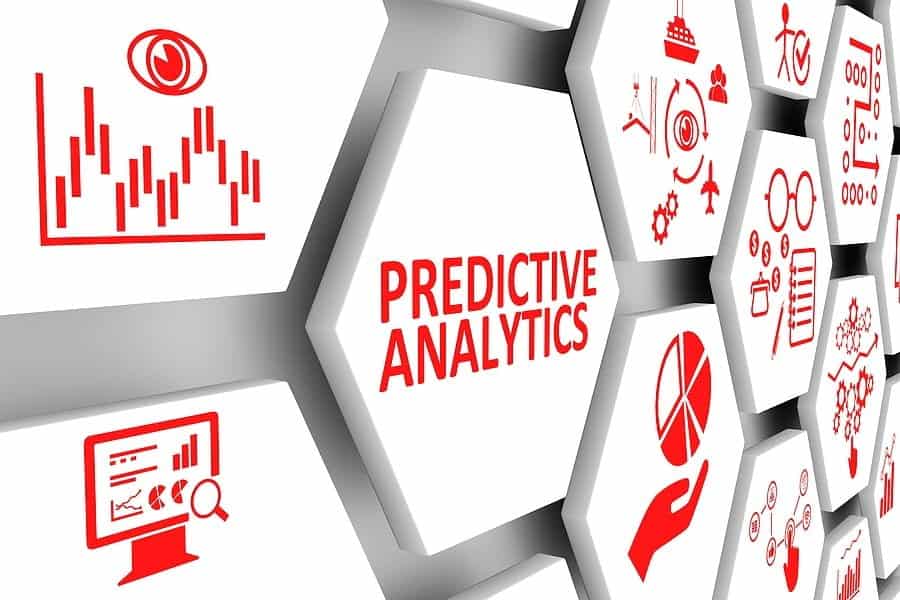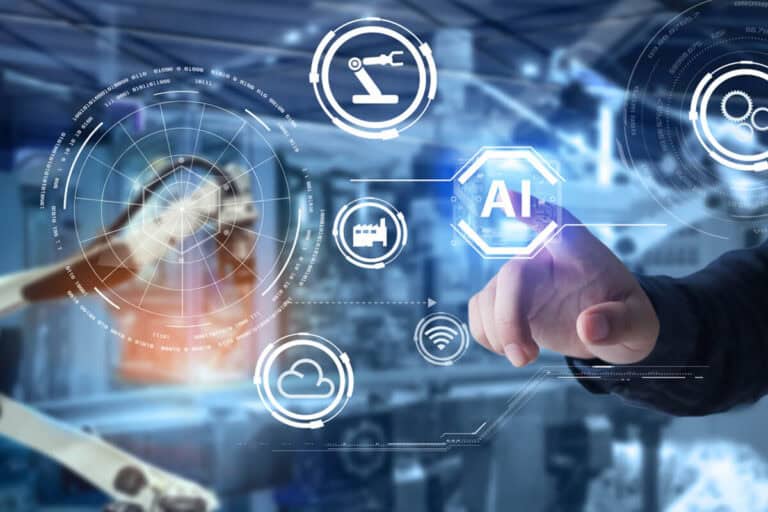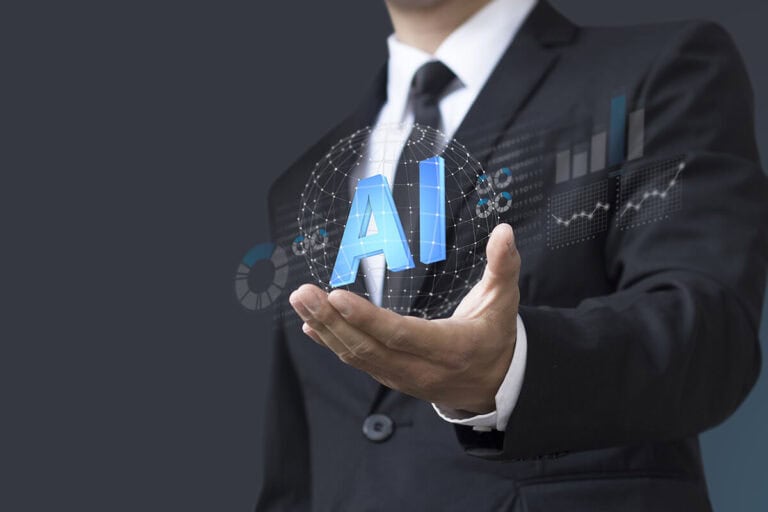When it comes to artificial intelligence and data analytics tools, definitions of systems often get conflated. In reality, AI is a complex category of tech with many subsets. Two distinct elements of AI technology are predictive analytics and machine learning.
Table of Contents
ToggleDespite what you may think, these two processes are not the same. While they often operate with similar purposes, the differences require distinction.
Understanding the similarities and differences between these two systems allows you to better apply them for business success.
Here’s what you need to know.
Predictive Analytics Defined
Predictive analytics is a term that represents a host of strategies spanning statistical interpretations. This means the vast accumulation of data to create useful models. These models paint a picture of how processes function in order to predict what future outcomes may be.
Predictive analytics is a science, one made possible by AI tools like machine learning. However, the two are not identical. Predictive analytics focuses on predicting the future by understanding the past. Machine learning can vary widely in its use.
Machine Learning Defined
Machine learning is a subset of AI, and it does exactly what the name implies. Machine learning is the ability of a computer to learn without being programmed to do so. This entails analysis of large sets of data in order to predict patterns.
While machine learning technology can be and often is used for predictive analytics, that isn’t its only function. These systems can automate a variety of processes through automated learning and decision making.
Similarities Between Predictive Analytics and Machine Learning
Predictive analytics and machine learning share distinct similarities in their use of data. As powerful innovations in the world of data analytics, these systems enable insights that would be otherwise impossible.
Here are just a few of the similarities shared by both in harnessing data for business uses:
- Both analyze patterns to determine future outcomes.
- Both require large sets of data.
- Both often serve the same purpose: predictive modeling.
- Both are often applied across the same industries, such as finance, security, and retail.

Predictive analytics often requires machine learning to function. By learning from a large data set, a smart system can then make more educated predictions based on that data set. The key similarity between predictive analytics and machine learning is that both functions look back on the past in order to understand the future.
The differences, however, are important to note.
Differences
Just because they often overlap doesn’t mean the two terms can be used interchangeably. In tech, semantic distinctions may seem excessive, but the differences shape your understanding of how a system works.
For example, despite how similar data analytics and data analysis may seem, they are actually two separate processes that can serve businesses in different ways. The same goes for predictive analytics and machine learning.
Here are a few important distinctions to remember when thinking about the two:
- Predictive analytics is a statistical process; machine learning is a computational one.
- Predictive analytics often uses a machine-learning algorithm; machine learning does not necessarily produce predictive analytics.
- Predictive analytics is an approach to understanding data; machine learning is a tool that can be used within that approach.
While seemingly subtle, theses distinctions can make a difference. While you may use machine learning to build a predictive data model, you will not necessarily understand that model without a thorough analytics approach.
Machine learning is a useful tool in the predictive analytics toolkit, but it isn’t the only one. For a true predictive advantage, data and algorithms must be applied to actionable business strategies.
Benefits to Business
Similar or different, both predictive analytics and machine learning play roles in big data analytics for enterprise success. Through mining, modeling, and understanding all kinds of raw data, analytical tools are producing invaluable insights for businesses in a variety of industries.
As a result, untold benefits are in store for companies and consumers alike. The trend towards digital transformation through analytical tools can mean the following for savvy businesses:
- Consolidation of technology, creating easier end-user processes.
- Automation of all kinds of practices, saving companies time and money,
- Competitive advantages over other businesses.
- Better understanding of consumer behaviors.
- Enhanced economic and supply chain indicators.

Predictive analytics is an approach for predicting future trends through past data. Machine learning is a technological process to help businesses get there.
Regardless, these systems, in combination, are reshaping the world of data analytics for business success. This means innovative practices and a greater understanding of industries across the board.
While they might not be so different after all, understanding the distinctions and subtleties will allow you to better integrate this tech to great effect.
Summary:
Predictive Analytics vs Machine Learning
Here are just a few of the similarities shared by both in harnessing data for business uses: Both analyze patterns to determine future outcomes. Both require large sets of data. Both often serve the same purpose: predictive modeling. Both are often applied across the same industries, such as finance, security, and retail. Predictive analytics is a statistical process; machine learning is a computational one. Predictive analytics often uses a machine-learning algorithm; machine learning does not necessarily produce predictive analytics. Predictive analytics is an approach to understanding data; machine learning is a tool that can be used within that approach.




